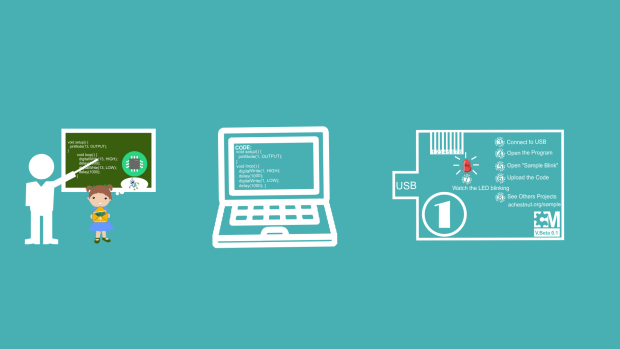Here is a good pocket reference book about analog electronics.
Not much to write, just check for yourself.
Download via the link:
https://www.ti.com/seclit/sl/slyw038b/slyw038b.pdf
Continue reading “Analog Engineer’s Pocket Reference by TI”
Electronics, Web, Travel & More
Here is a good pocket reference book about analog electronics.
Not much to write, just check for yourself.
Download via the link:
https://www.ti.com/seclit/sl/slyw038b/slyw038b.pdf
Continue reading “Analog Engineer’s Pocket Reference by TI”
This week I had to interface two accelerometers (adafruit MMA8451 breakout boards) into one Arduino board.
On Adafruits website, they write that you can address the sensors with 0x1C by adding a pull-down resistor on the “A” pin, or 0x1D by connecting the
“3Vo” to a 3V3 source. What they don’t tell is how to use them both at the same time, which gets clear once you take a look at the Adafruit_MMA8451 class within the library file Adafruit_MMA8451.h.
bool begin(uint8_t addr = MMA8451_DEFAULT_ADDRESS);
Here you have a simple code based on the library example, but adding the two sensors:
Ever wondered where is a good place to find new and interesting chips on the market? Questions about electronics and what is happening in the market?
For the engineers and makers out there, the world of electronics can be a bit overwhelmed with so much happening all the time, updates, news and buyouts (specially in the past few months).
I would to use this post to share some of my favorite places to get new chip information, updates and random electronics questions.
Do you remember IRC? Yes, it’s still alive and strong. Just connect to the Freenode network and you will find many very interesting channels where you can talk electronics, exchange information and ask questions! If you are there, drop a line to spillere (me!).
This list is still a working in progress. If you have any suggestions please add a comment bellow!
During my first semester of Electrical Engineering back in 2007, I had an introduction to electronics class where by the end of the semester we had to develop an open project. At first I tried to build a AM radio using only passive components, I remember that after hours placing components on the breadboard I managed to make it work, but it was really inconsistent and super noisy. The project was working, but it wasn’t as good as I wanted, so I decided to build something else, something that could be actually useful, that when the metronome idea came alive. Using a few components and a 555 IC I could make the circuit “tick” in a frequency that can be used your music studies.
What if you could manufacture a very simple development board that is arduino compatible and have a final price of only ONE DOLLAR!? That’s what some crazy guys from my home country (Brazil) are trying to accomplish.

The main idea of the project is to enable every kid around the globe to leave school knowing how to program, the basic of electronics, and how to apply their knowledge by building cool things. Think like this, with only $25 you can buy 25 boards, which will enable pretty much an entire classroom to own these boards and create amazing things with it. It’s crazy to think the impact that the project can make in poorer areas of the world, enabling those engineering minds to flourish and change the world for better (why not?!).
Check their indiegogo video below and remember that for every dollar invested is one entire new board built!
Click here to check their campaign!
(of course the project is part of the open hardware movement)
Hey guys, this is a quick post where I want to share a great podcast that I listen all the time called “The Amp Hour“.
Quoted from their about page: “Dave Jones from the EEVblog in Sydney (Australia), and Chris Gammell from Contextual Electronics in Cleveland (USA) discuss the world of electronics design in an hour long(ish) weekly show, recorded “live†without editing or a mute button!”
If you are into electronics (which obviously I am), it’s a much listen show!
Check it out on the link below 🙂